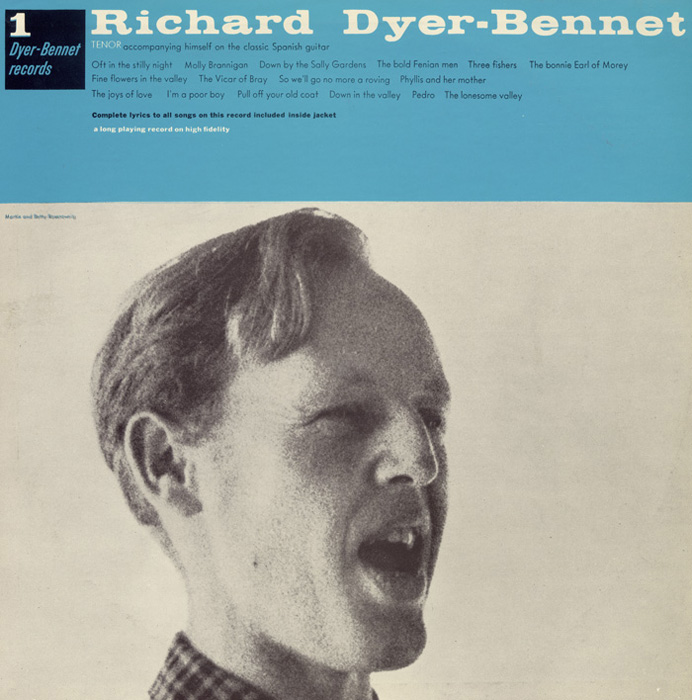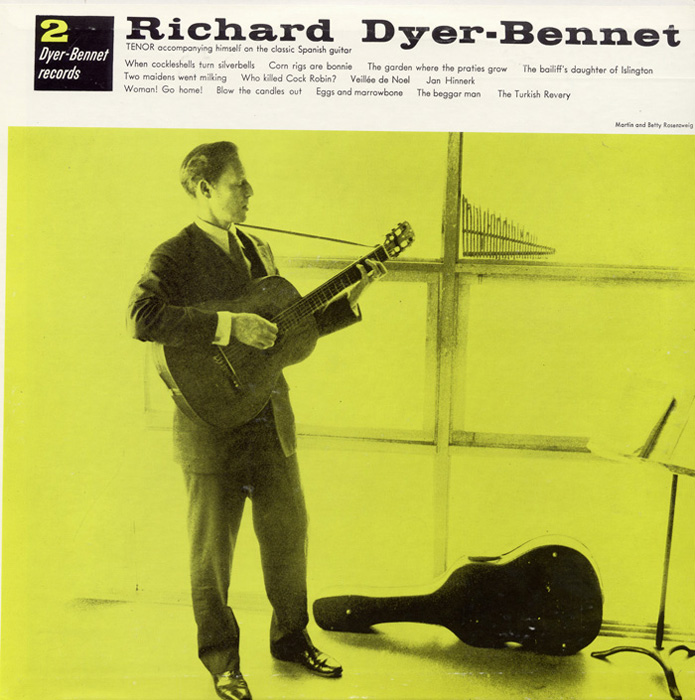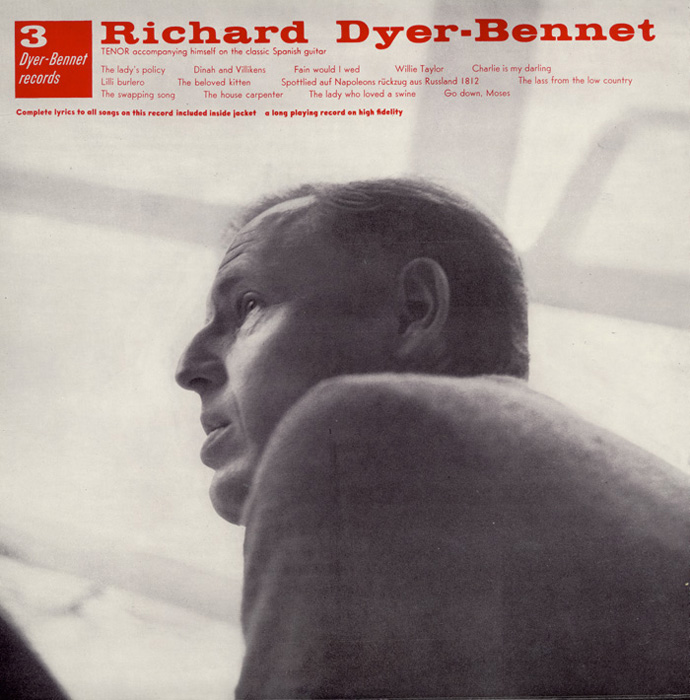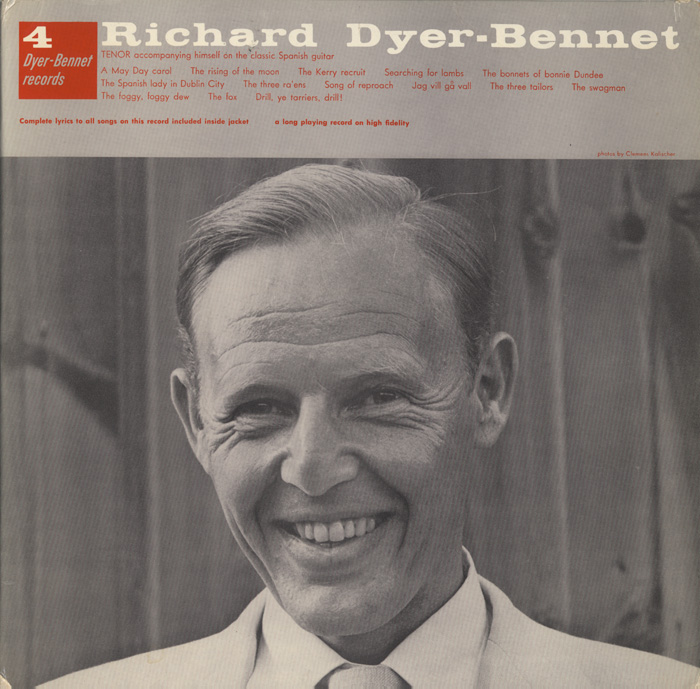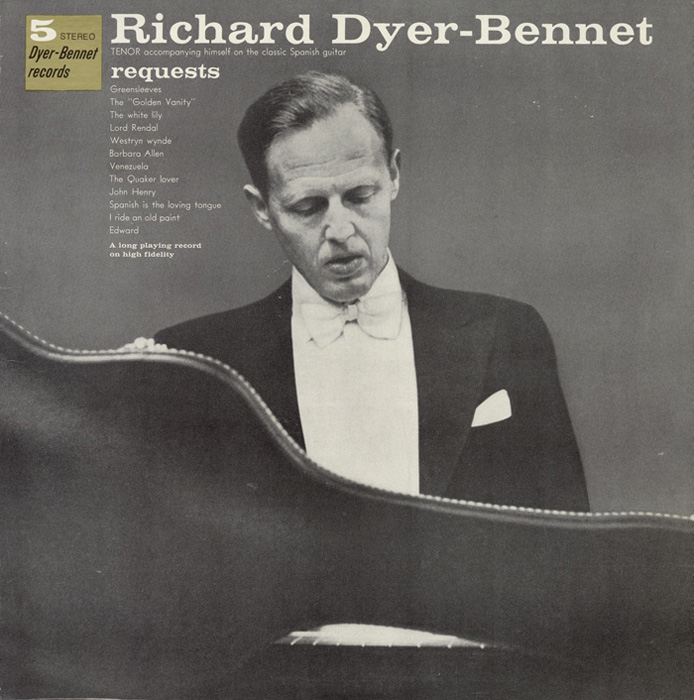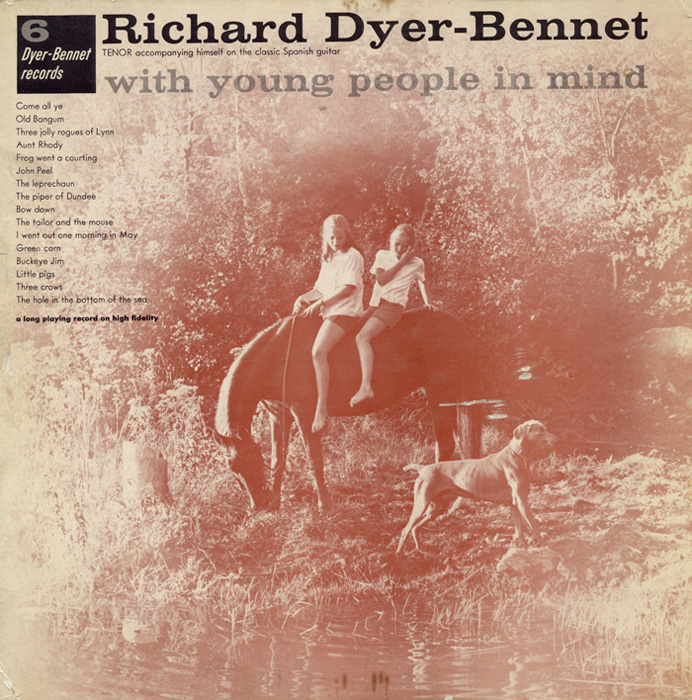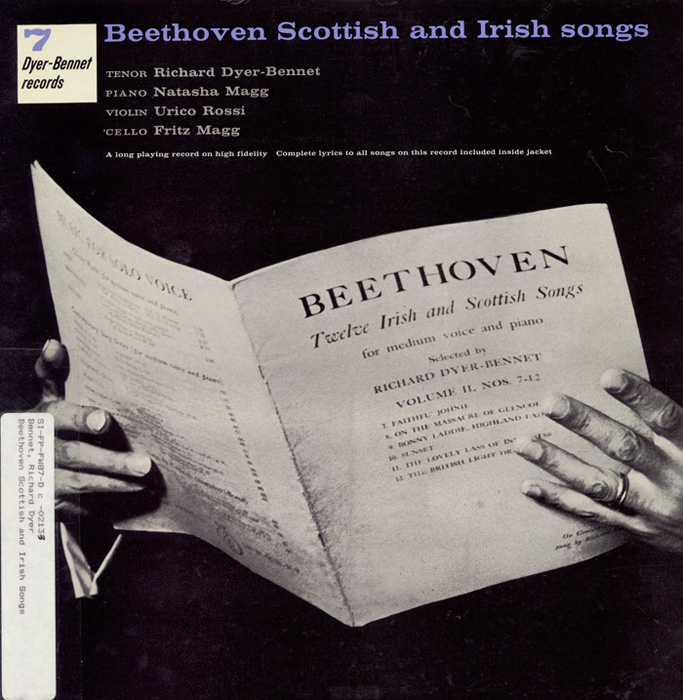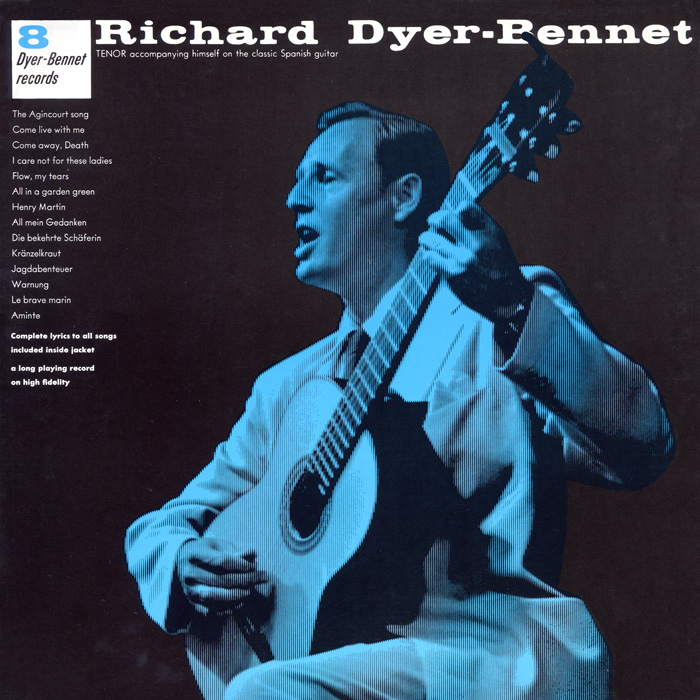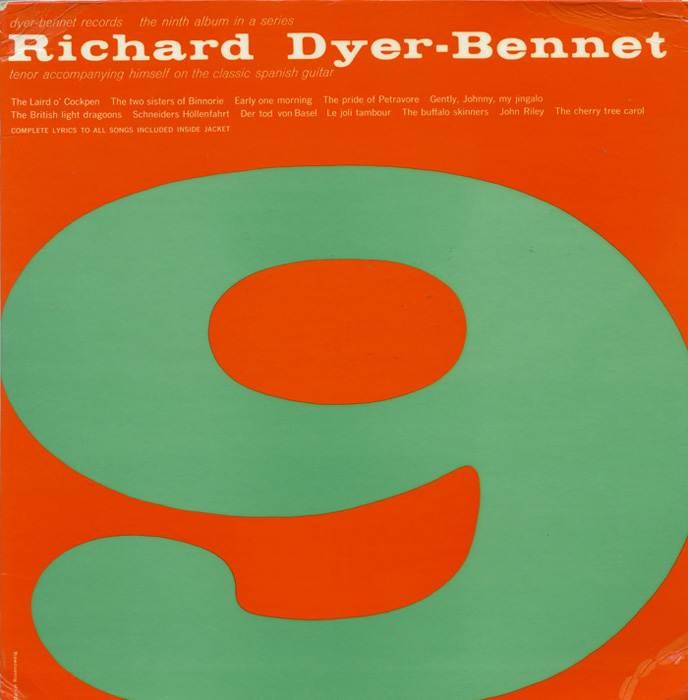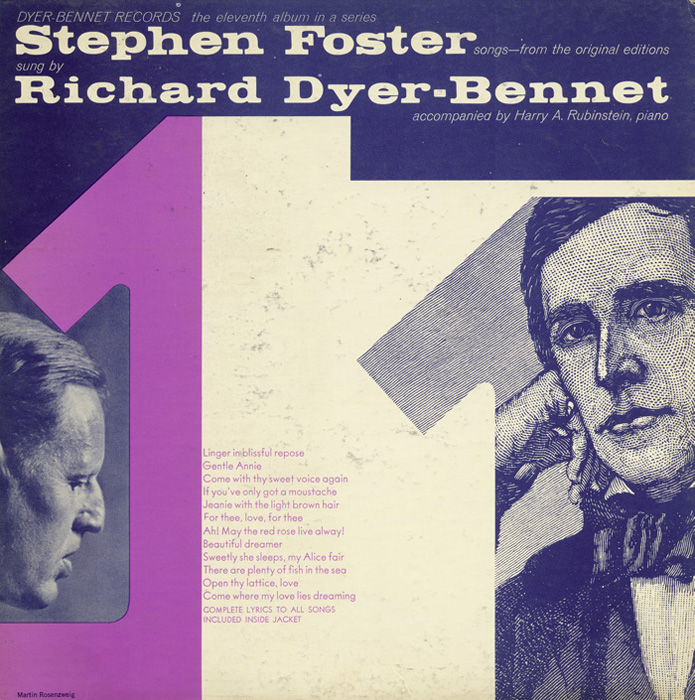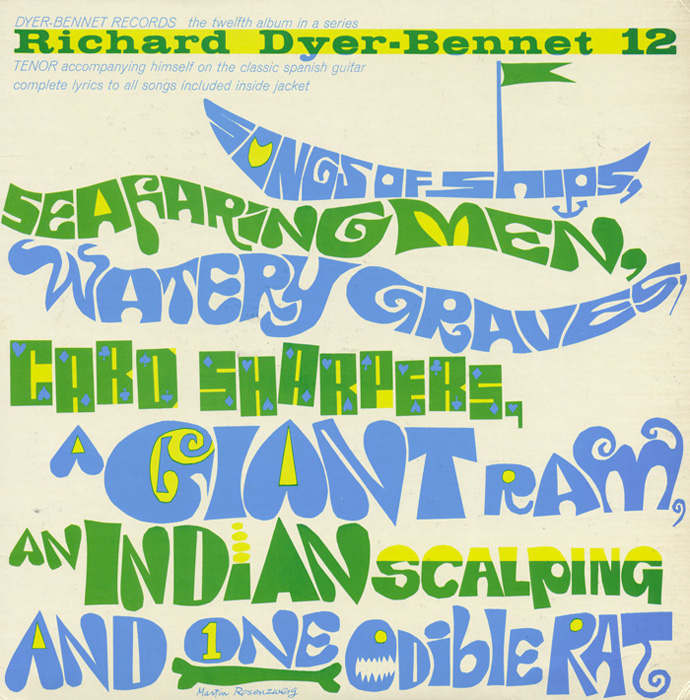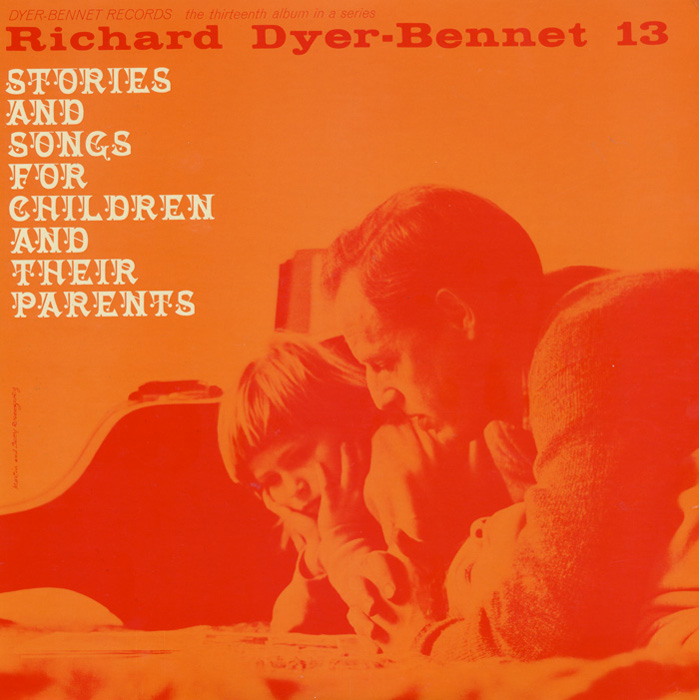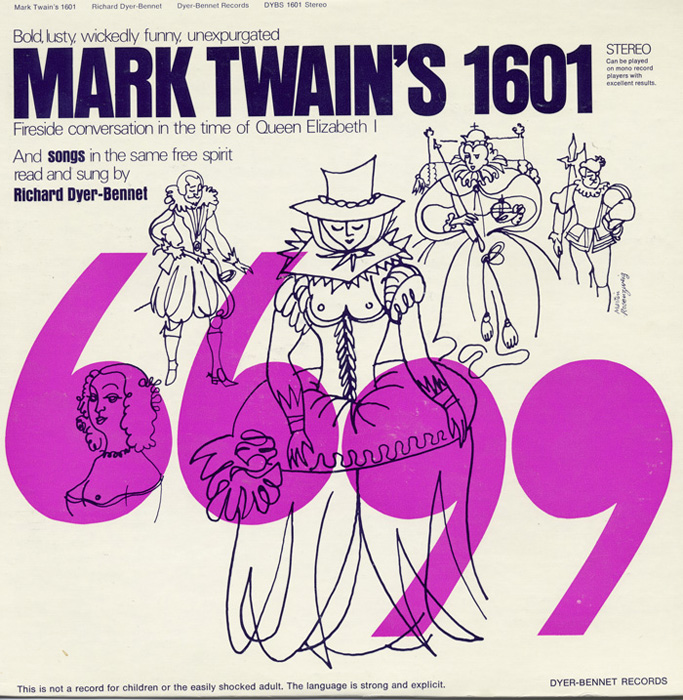The Story of Dyer-Bennet Records
After recording for mainstream labels, British American folk musician Richard Dyer-Bennet was dissatisfied with the standards of his recorded work. When the heart of his performance became distorted—the label making extreme time demands, sometimes an album a day, and restricting his control over the editing and curation of the content—the “twentieth-century minstrel” began to look for new options. With little technical knowledge of the industry, Dyer-Bennet connected with director and producer Harvey Cort at the legendary Village Vanguard, where the folk musician’s career had first taken off, and where he continued to be part of the artistic community throughout his career. Together, in 1955, they founded Dyer-Bennet Records, one of the first ever artist-owned labels (Seeger 1997). Cort remained an integral part of the label operations, producing all 15 of Richard Dyer-Bennet's recordings on the label, while continuing his career in TV documentary directing and production and later playwriting and directing.
That same year, the label put out its first album, Richard Dyer-Bennet 1, engineered by Rudy van Gelder, who had already recorded many iconic jazz albums. The impressive melodic range of Dyer-Bennet's performances, his lyric tenor range previously impossible to capture in commercial recordings, proved an obstacle even to van Gelder, who had to manually widen the groove of the master disc to avoid sound distortion. As a result of this attention to detail, Dyer-Bennet produced recordings of such high fidelity, reviews noted his breath could be heard (Jenkins 2010:85). Dyer-Bennet and Cort had small dreams for that first record; the latter was satisfied with distributing copies as personal gifts and the former was looking to promote his concerts, using the record to give listeners a sense of his poetic performances which, through voice alone, evoked an image of a minstrel clad in a tuxedo. Unexpectedly, the album was a critical and commercial success, setting off Richard Dyer-Bennet's release of thirteen more albums over the next decade.

-
1 / 7Richard Dyer-Bennet.Photo by Betty Rosenzweig. Courtesy of the Ralph Rinzler Folklife Archives and Collections, Smithsonian Institution.
-
2 / 7Richard Dyer-Bennet.Photo by Clemens Kalischer. Courtesy of the Ralph Rinzler Folklife Archives and Collections, Smithsonian Institution.
-
3 / 7Richard Dyer-Bennet.Photo by Joe Covello from Black Star. Courtesy of the Ralph Rinzler Folklife Archives and Collections, Smithsonian Institution.
-
4 / 7Richard Dyer-Bennet.Photo by Clemens Kalischer. Courtesy of the Ralph Rinzler Folklife Archives and Collections, Smithsonian Institution.
-
5 / 7Richard Dyer-Bennet.Photo by David Robbins from Picture Features, Inc. Courtesy of the Ralph Rinzler Folklife Archives and Collections, Smithsonian Institution.
-
6 / 7Leadbelly and Richard Dyer-Bennet at Village Vanguard.Courtesy of the Ralph Rinzler Folklife Archives and Collections, Smithsonian Institution. 1940s.
-
7 / 7Dyer-Bennet at Moffat House.Courtesy of the Ralph Rinzler Folklife Archives and Collections, Smithsonian Institution. 1951.
Although he was featured on every one of his label’s releases, Richard Dyer-Bennet was known to be chiefly collaborative, in both production and performance. Collaboration and mentorship brought the only other lead vocalist into the fold at Dyer-Bennet Records. After receiving a recording of Aksel Schiøtz for Christmas in 1947, Dyer-Bennet instantly heard a kindred spirit in the mezzo tenor. In 1960, he invited Schiøtz to record Aksel Schiøtz singing Schubert, Bellman, Wolf, Brahms for Dyer-Bennet Records in 1960. Dyer-Bennet accompanied Schiøtz on Spanish guitar on the record and the pair reunited in 1963 at a performance in Boulder, Colorado. They remained friends until Aksel Schiøtz’s death in 1975. Dyer-Bennet also listened to the suggestions of his friends and supporters. In 1961, co-founder Harvey Cort wrote Dyer-Bennet, recommending he include twenty-six songs currently unrecorded in his repertoire on his next record. Six of these were selected the next year, for Richard Dyer-Bennet 10, “he was certainly listening to what I had to say,” Cort recalled in 2008. “I was just telling him what I wanted to hear” (Jenkins 2010:79).
After Richard Dyer-Bennet 13: Stories and Songs for Children and Their Parents was released in 1964, Dyer-Bennet's self-titled series was complete. To many, this marked the end of his recording career, however, a talented translator (often publishing his translations from German, French, Portuguese, and Austrian in his albums’ liner notes), Dyer-Bennet dedicated this final portion of his life to two projects: Die Schöne Müllerin (The Lovely Milleress) and The Odyssey. The music for the former, Wilhelm Müller’s lyric poem turned Franz Schubert’s song cycle, was published in 1967, before being recorded and released by Dyer-Bennet Records in 1976. After receiving a generous grant from the National Endowment of the Humanities in 1978 to record Robert Fitzgerald’s translation of The Odyssey, Dyer-Bennet performed segments across the country (the first of which was at the Village Vanguard) and made some video recordings —“The Odyssey Tapes”— for posterity’s sake. However, Richard Dyer-Bennet died in 1991 before completing and officially recording and releasing the work.
In 1995, Smithsonian Folkways Recordings acquired Dyer-Bennet Records, preserving them in our collection and making Dyer-Bennet Nos. 1–13 available to the public in perpetuity. Soon after, recognizing the value of Dyer-Bennet’s recordings, Smithsonian Folkways re-released some of his albums on CD in the late 1990s, introducing Dyer-Bennet Records to a new generation of listeners.
Bibliography
Dyer-Bennet, Bonnie. 1997. “A Biographical Essay on Richard Dyer-Bennet.” Liner notes for Richard Dyer-Bennet 1, 3–14. Smithsonian Folkways Recordings SFW40078. https://folkways-media.si.edu/docs/folkways/artwork/SFW40078.pdf.
Jenkins, Paul O. 2010. Richard Dyer-Bennet: The Last Minstrel. Jackson: University of Mississippi Press.
Seeger, Anthony. 1997. “Dyer-Bennet Records in 1955 and 1997.” Liner notes for Richard Dyer-Bennet 1, 1–3. Smithsonian Folkways Recordings SFW40078. https://folkways-media.si.edu/docs/folkways/artwork/SFW40078.pdf.

-
1 / 8Dyer-Bennet at Stockbridge.1950 or 1951. Courtesy of the Ralph Rinzler Folklife Archives and Collections, Smithsonian Institution.
-
2 / 8Richard Dyer-Bennet.Portrait of Richard Dyer-Bennet, Village Vanguard, William P. Gottlieb, New York, N.Y., ca. Mar. 1947.
-
3 / 8Richard Dyer-Bennet.Photo by Archie Lieberman. Courtesy of the Ralph Rinzler Folklife Archives and Collections, Smithsonian Institution.
-
4 / 8Aksel Schiøtz pamphlet cover.Pamphlet cover by Concert Artists Management and Albert Kay Associates. Courtesy of the Ralph Rinzler Folklife Archives and Collections, Smithsonian Institution.
-
5 / 8Richard Dyer-Bennet.Photo by Clemens Kalischer. Courtesy of the Ralph Rinzler Folklife Archives and Collections, Smithsonian Institution.
-
6 / 8Richard-Dyer-Bennet.Photo by David Robbins from Picture Features, Inc. Courtesy of the Ralph Rinzler Folklife Archives and Collections, Smithsonian Institution.
-
7 / 8Richard Dyer-Bennet.Photo by Betty Rosenzweig. Courtesy of the Ralph Rinzler Folklife Archives and Collections, Smithsonian Institution.
-
8 / 8Richard Dyer-Bennet.Photo by David Robbins from Picture Features, Inc. Courtesy of the Ralph Rinzler Folklife Archives and Collections, Smithsonian Institution.













